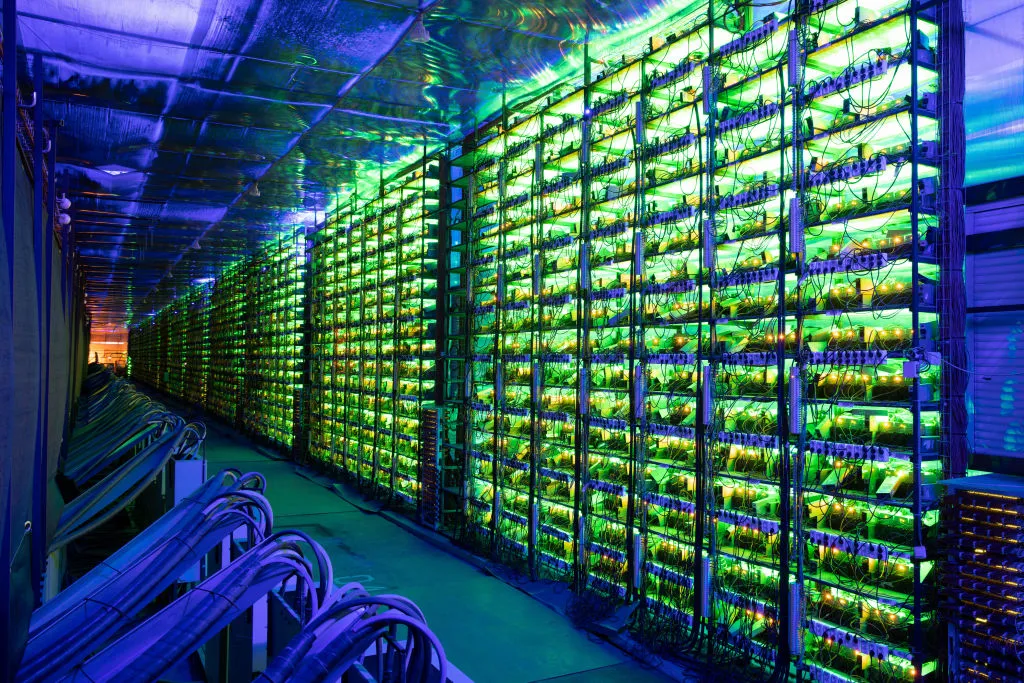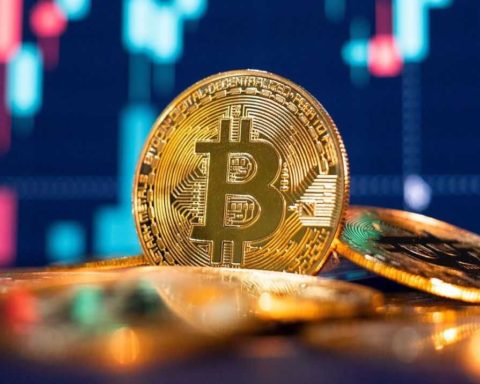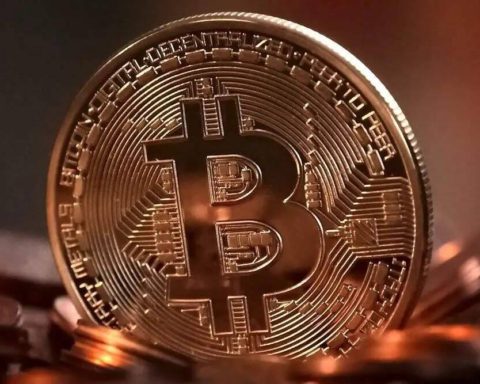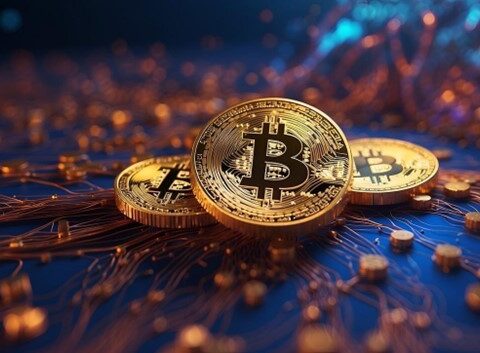Bitmain unveiled its cutting-edge Antminer S21 and S21 Hydro ASIC miners at the World Digital Mining Summit (WDMS) in Hong Kong on September 22, providing the eagerly anticipated performance figures.
The S21 boasts an impressive hash rate of 200 terahashes per second (TH/s) with an efficiency rating of 17.5 joules per terahash (J/T). Meanwhile, the S21 Hydro achieves 335 TH/s at an efficiency of 16 J/T.
These numbers are significant because, until recently, most Bitcoin ASICs operated above the 20 J/T threshold.
Rising electricity costs and the impending Bitcoin halving in April 2024 have thrust ASIC efficiency into the spotlight for miners.
Many are now shifting their focus towards incorporating renewable energy sources into their mining operations.
Sustainability in the mining industry was a central theme at the WDMS. During the opening roundtable, representatives from Terrawulf, Core Scientific, CleanSpark, and Iris Energy discussed the increasing importance of integrating renewable energy sources as a critical strategy for miners post-2024 Bitcoin supply halving.
One notable aspect is the transition towards decarbonizing the energy supply stack, which aligns with Bitcoin miners’ efforts to consume more renewable energy.
This transition is not limited to Bitcoin mining and is occurring across the United States. Bitcoin miners are playing a role by locating their mining operations in regions where decarbonization efforts are underway.
The forthcoming supply halving will leave miners facing the same capital and operational costs, along with the need to repay debts, while their block rewards are halved.
To maintain or increase profitability, miners must either source a higher percentage of their hash rate from sustainable energy sources or make efficiency improvements to their ASIC fleet.
Justin Kramer, founder of BMC, commented on the Antminer XP 21 rollout, noting that the S21’s efficiency, if reliable and competitively priced, could revolutionize crypto mining.
READ MORE: Creators Embrace Decentralized Platforms as Web3 Reshapes Adult Content Industry
However, the aftermarket firmware market and hydro/immersion systems offer tools to keep older generation miners profitable, so sub-110 TH/s miners may not become obsolete.
One intriguing development is Bitmain’s Carbon Neutral Certificate, which rewards environmentally friendly mining farms with better pricing and advanced delivery.
Kramer also raised questions about the significant increase in hash rate offered by the new S21 models compared to the S19, hinting at a systematic pattern in Bitmain’s model releases.
Contrary to the perception that Bitcoin mining harms the environment, some panelists at the WDMS argued that it promotes renewable energy adoption.
Haitian Lu, a professor in accounting and finance at the Hong Kong Sustaintech Foundation, highlighted that Bitcoin mining has become more efficient and cleaner in terms of energy use.
Bitcoin miners’ participation in demand response agreements with energy providers enhances energy grid efficiency and encourages the development of renewable energy projects.
In addition to tapping into stranded energy resources, Bitcoin mining’s energy efficiency advancements, as seen in next-gen ASICs like the Antminer S21, reduce energy consumption and boost miners’ profits while contributing to a more sustainable future.
Other Stories:
ASIC Launches Legal Action Against Kraken’s Australian Operator Bit Trade
South Korea’s Cryptocurrency Holdings Surpass $98 Million, Dominating Overseas Assets
Bitcoin Holds Steady at $27,000 as Crypto Community Awaits Fed’s Decision




